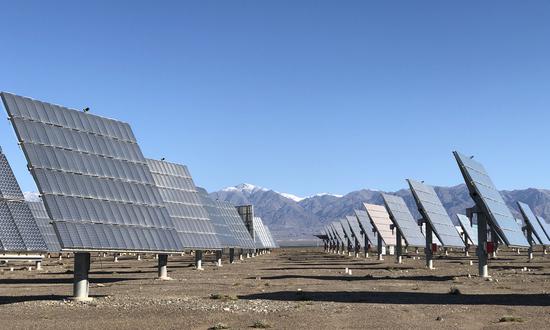
Solar panels made by a company in Xinjiang's Hami. (Photo: Liu Xin/GT)
Northwest China's Xinjiang Uygur Autonomous Region transmitted over 126.4 billion kilowatt-hours (kWh) of locally generated electricity to other parts of the country last year, hitting a record high, the Xinhua News Agency reported on Wednesday.
Of the electricity, more than 30 percent, or 39.2 billion kWh, came from renewable energy, which helped reduce standard coal consumption by 11.86 million tons and cut carbon dioxide emissions by 32.02 million tons, along with a reduction of 100,800 tons in sulfur dioxide emissions, according to the Xinjiang Power Exchange Center.
Xinjiang has sustained outbound power transmission of over 100 billion kWh for five consecutive years, with an average annual growth rate of 4.6 percent, according to the center.
This year, the autonomous region has for the first time initiated multi-year green electricity transactions with provinces such as East China's Jiangsu and Central China's Hubei, further expanding the scale and share of inter-provincial green electricity exchanges.
Since 2010, the electricity has been delivered to 22 provincial-level regions across the country, with the amount of electricity transmissions up by 42 times. The cumulative scale of electricity transmission exceeded 860 billion kWh, Xinhua reported.
Xinjiang is rich in energy resource, including wind and solar power, and boasts excessive power generation capacity. By the end of 2024, the installed capacity of new energy in Xinjiang has exceeded 100 million kilowatts, with two ultra-high voltage direct current transmission lines to Central China's Henan and East China's Anhui in operation, Xinhua reported.
Currently, the third ultra-high voltage direct current electricity transmission line, from Hami to Southwest China's Chongqing, is under construction. After its completion at the end of 2025, Xinjiang's electricity transmission capacity will reach 33 million kilowatts per year.
By then, the proportion of wind energy and solar power in the region's electricity transmission is expected to rise from the current 30 percent to 50 percent, making it the largest new-energy transmission base in the country, China Media Group reported.











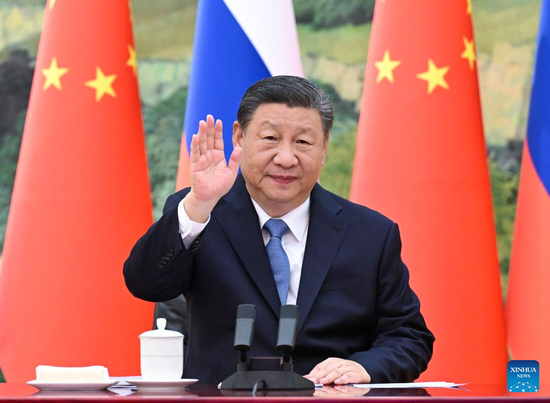
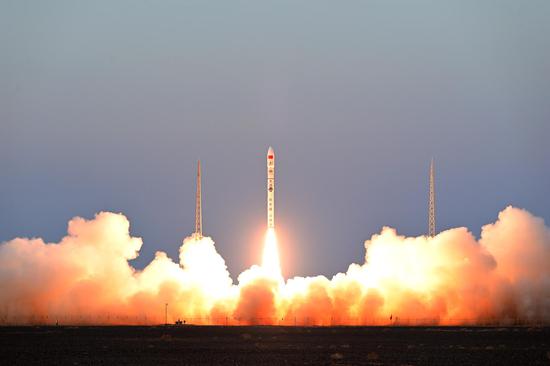













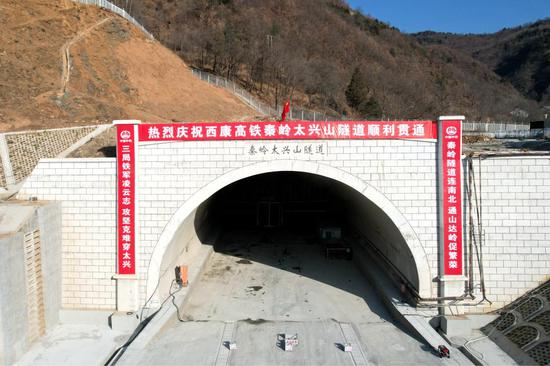


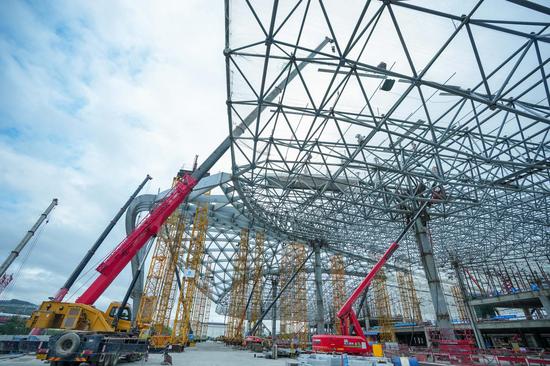





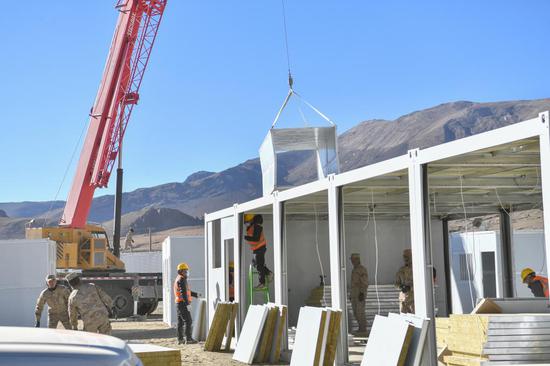














 京公网安备 11010202009201号
京公网安备 11010202009201号